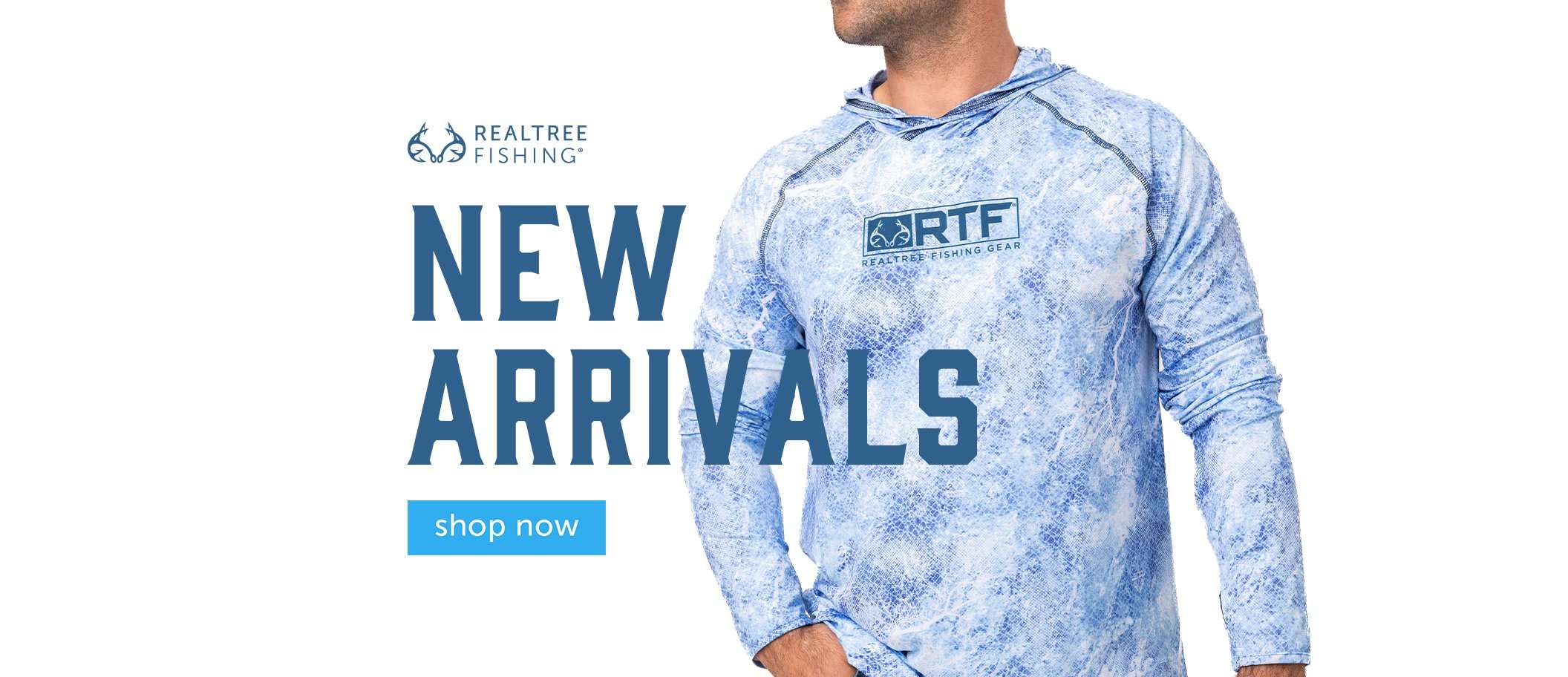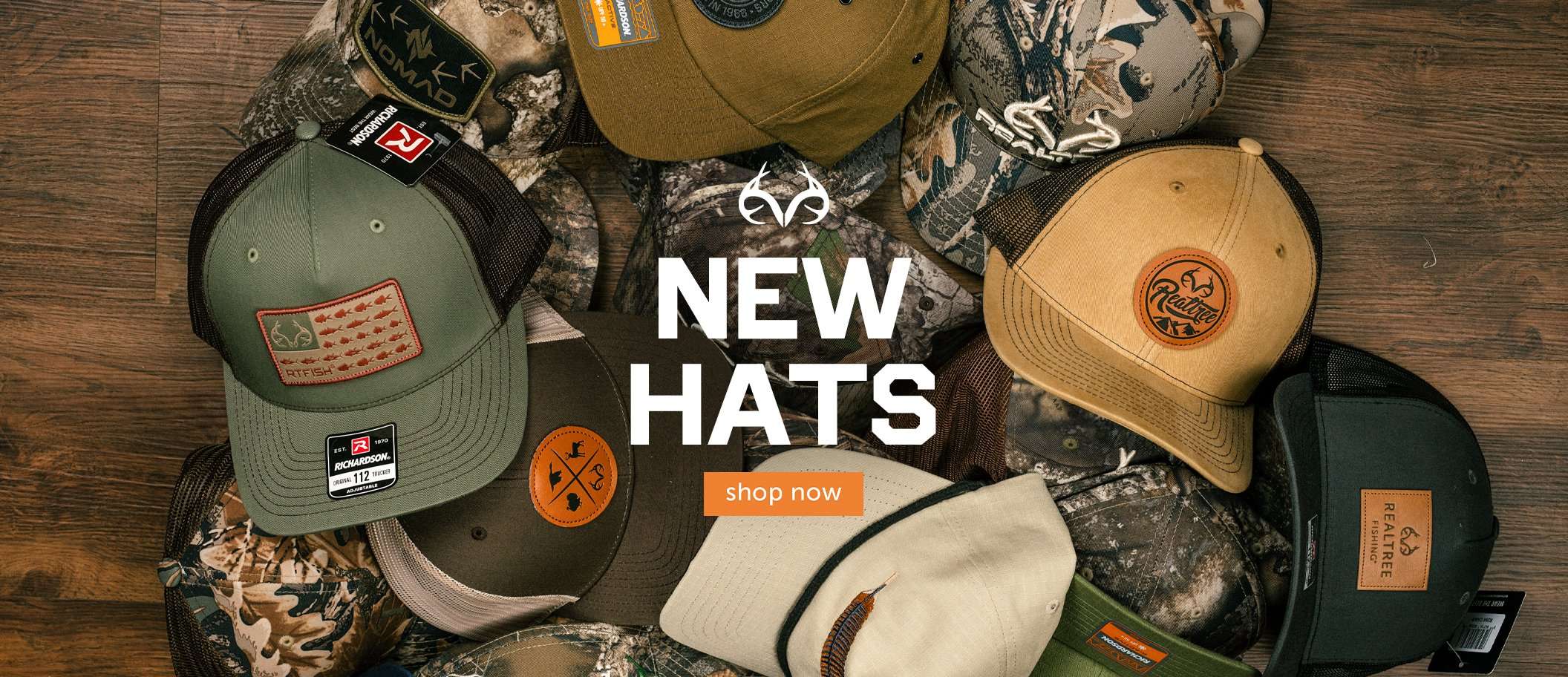Whether you're running your own bait or hiring an outfitter, these tips will help you seal the deal on a big bruin
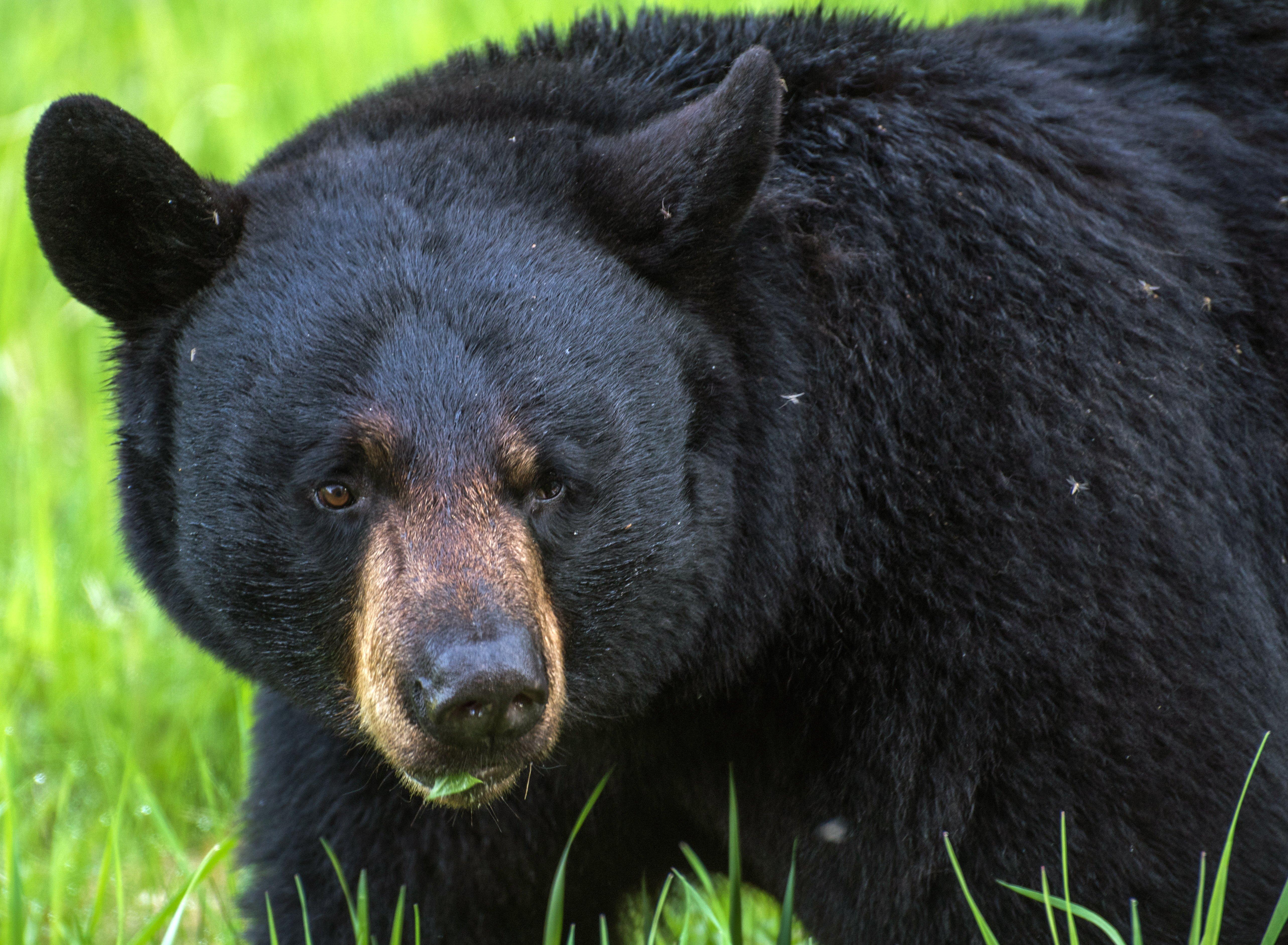
If hunting big black bears over bait in the spring isn't on your bucket list, it should be. (Photo by Aqeela_Image)
It was a beautiful May evening and I sitting silently against my tree, slowly scanning the forest for as far as I could see. I was relaxed, and enjoying the warm sunshine and the welcome shot of vitamin D after a long winter. One never expects a big, old bear to come in early anyway. But as I scanned slowly to my left, a dark patch in the trees caught my attention. A bear was coming.
The bruin was concealed by low-hanging spruce branches, but it acted like an intelligent old boar. The jet-black bear stared in my direction as though willing me to move. It was hard to tell how long the stare down would last or if the bear would return to the forest’s solitude.
When the bear finally stepped forward, I knew it figured the coast was clear. The bruin sauntered toward me with legs rolling around its rotund body and slowly walked down the length of a fallen tree, like a circus entertainer walking a tightrope. I edged forward to engage my TenPoint crossbow with my shoulder and be able to see clearly in the scope. The bear was close and looked up at me, showing the whites of his eyes. As he closed the distance to 22 yards, he stopped with its head behind the trunk of a large tree. My crosshair found the spot behind the front shoulder, and I tightened up on the trigger. The SEVR broadhead made a loud “whack” as it passed through the bruin. The big bear jumped off the ground with all four feet and bolted forward three steps, where it tried to get over some deadfall, but it rolled a couple times and then lay motionless.
The boar was huge and made me feel spoiled with success. I hunted with Clay Royer and Grandslam Hunting Adventures in northern Alberta. My success was a result of their years of consistent baiting and knowledge. The bait site where the bear was harvested sits in the middle of a large, tight loop in a river. My outfitter told me that the big boars regularly check the spot but seldom live there. It is part of the circle of life for bears, and big boars roam the land looking for receptive sows. My timing had been great, but knowing my outfitter was the most important part of the successful hunt.
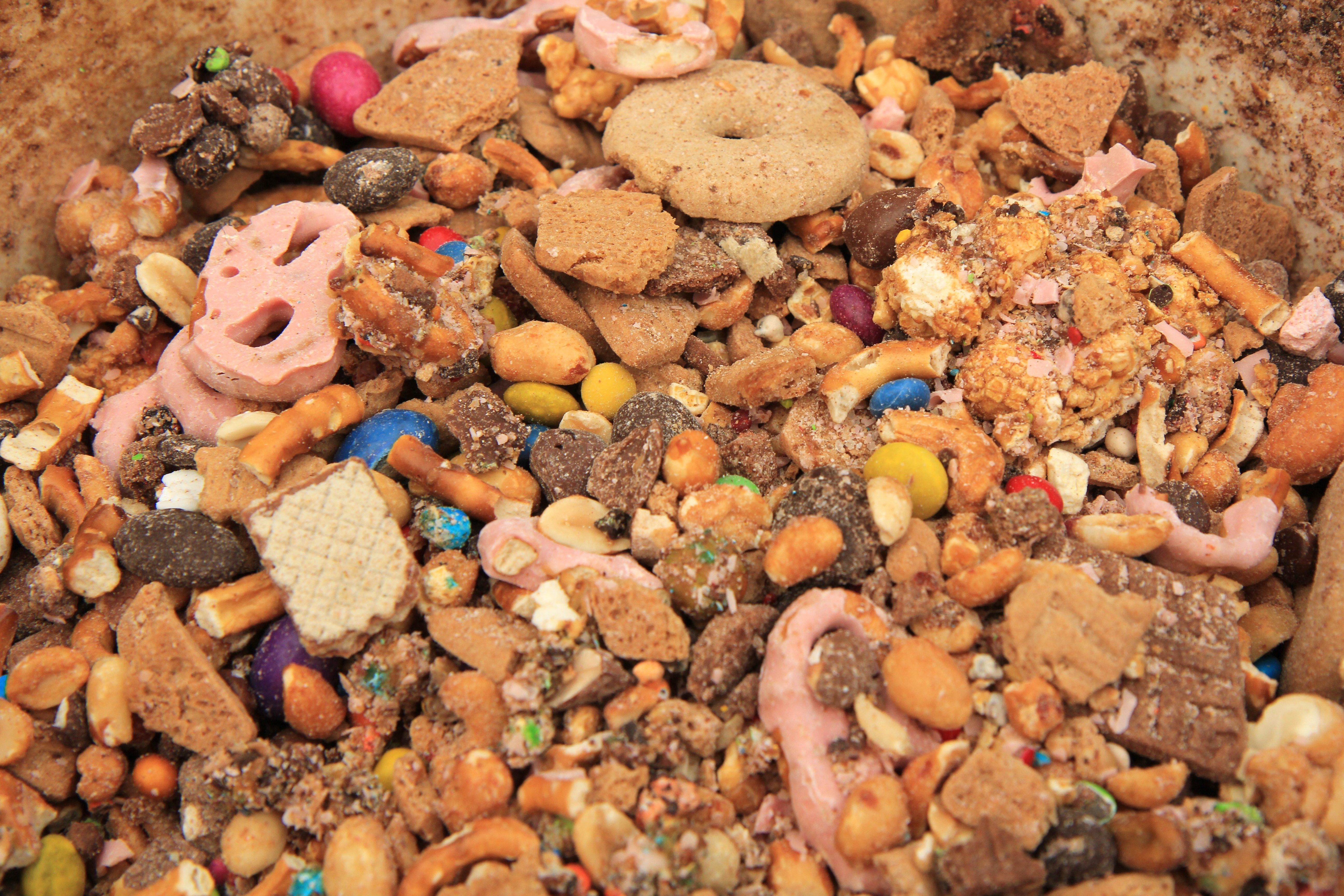
Bear bait. Most North Country guides have their favorite bait blends that include oats, grains, and sweets. (Photo by Will Brantley)
OUTFITTED BLACK BEAR HUNTS
How long has an outfitter been operating? What is the annual success rate? What size and color bears are taken? Do they have references? There are plenty of questions to ask to ensure you are getting the best outfitter possible when laying out cash for a spring bear hunt.
The baits we were hunting had been active for nearly 30 years. The bears know where the baits are, and when you get sows feeding at them regularly, they become the best draw for big boars. I’ve learned to never argue with an outfitter who has been properly vetted — they know their hunting area and quarry better than anyone. If told to sit at a specific bait for a week, do it. Big, old, smart bears are earned, and putting in time can be the best way to find a reward.
If you get to hunt with an outfitter, pay attention to feeding schedules and material. The zone I hunted in Alberta was huge, so putting enough bait out to last two or three days was critical to managing the sites and keeping actively feeding bears content. If the bait runs out, it doesn’t take them long to move on and find a new food source.
While in camp, the aspen and cottonwood trees erupted with big, sappy buds. Royer opened a storage container and pulled out a pallet of licorice, trail mix, and a mixture of sweets. The goodies aren’t normally needed, but when a natural food source pops up, it can steal the action for several days. Having sweets in the mix lured the bears back, even if they were concentrating on new buds.
When deciding on an outfitter, ask for all the details as if running through a week of hunting. What types of stands? How are sites accessed? Are there safety harnesses? What are the bugs like in the spring? Don’t be shy; if you’re saving up for months or years to take this hunt, make sure you get the best option.
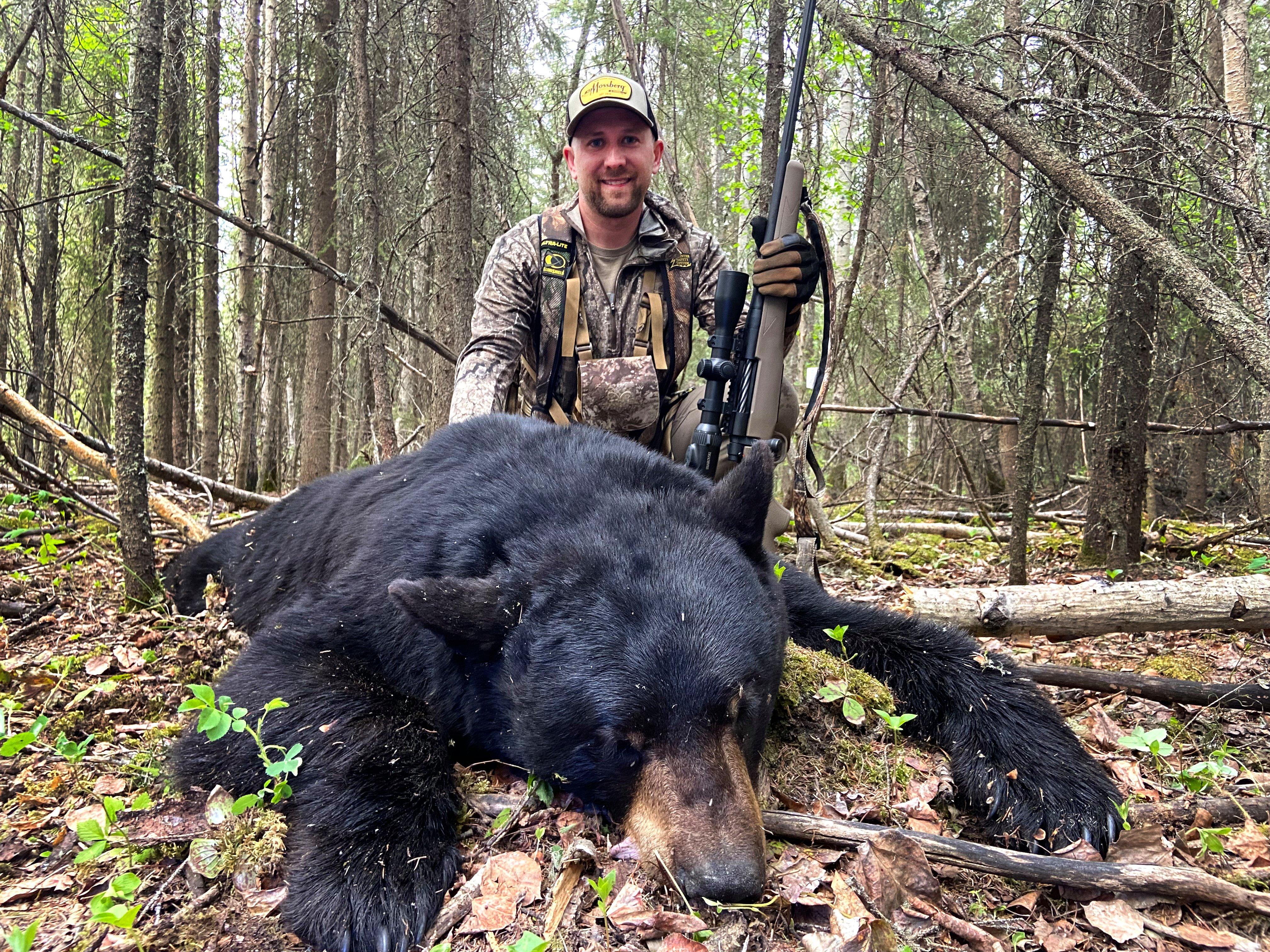
Realtree editor Will Brantley with a big Alberta black bear he shot with a Mossberg Patriot rifle in 7mm PRC. (Photo by Will Brantley)
DIY BEAR BAITS
Setting up a bait seems straightforward, but placing it in the right location and using the correct food sources to draw big, cautious bruins is both art and science. Location, natural food sources, local hunting pressure, and studying the area for large blocks of undisturbed habitat are paramount.
The location of the bait site is the biggest consideration. Target areas where bears naturally roam in the spring to find food. You may have seen a great spot in the fall while hunting deer, but that does not mean it will be a good bear location in the spring.
Waterways are naturally desirable for all bears. Steep banks along a river or creek provide great denning sites, especially with a south exposure. Ungulates target these riparian areas in the winter, and if there is mortality, bears feast on carrion in the spring. Water courses can be prime locations for moose, elk, and other ungulates to calve in the spring. Big bears strategically search these areas.
Bears are attracted to linear corridors like cutlines, old logging roads, or natural features that provide easy access. The open areas in the forest green up early with direct sunlight and are often planted to domestic vegetation that greens up faster than anything else. The bear sign is easy to find, and where you have good movement, you have a good spot to bait.
Don’t Miss: Super 6-POint Bucks You Must See to Believe
Use high-calorie baits, as bears are seeking out foods to add weight and store fat quickly. Natural grains can be used alone or with cooking oil, sugar, or other options to increase calories and appeal. There are many strategies for adding things like raspberry Jell-o powder to offer a natural smell that bears already know. Liquid smoke or the drippings from a butcher’s smokehouse can be great attractants as well. Ensure the bait is contained, as bears do not like things like wet oats. A 45-gallon drum with 15/16-inch holes drilled in the sides forces bears to stay at the barrel to eat, rolling it back and forth to get a dribble at a time. The strategy often creates a pecking order for bears to come in and feed. It can also cause a dominant bear to claim the food and sleep nearby to guard it.
Tether the barrel to a tree with a thick nylon rope. Most bears do not like the feel of the rope piercing between their teeth and tend not to chew through it. A pivoting eyelet in the lid allows the barrel to be rolled around and not taken to a different place by a dominant bear.
Use natural food sources when possible. Boreal forest bears love beavers, so carcasses from trappers can be incredibly effective.
Place your stand or blind downwind to stay undetected. Watch for the direction of the rising or setting sun to prevent problems when a shot opportunity arises, and practice shooting from the locations, especially with archery equipment.
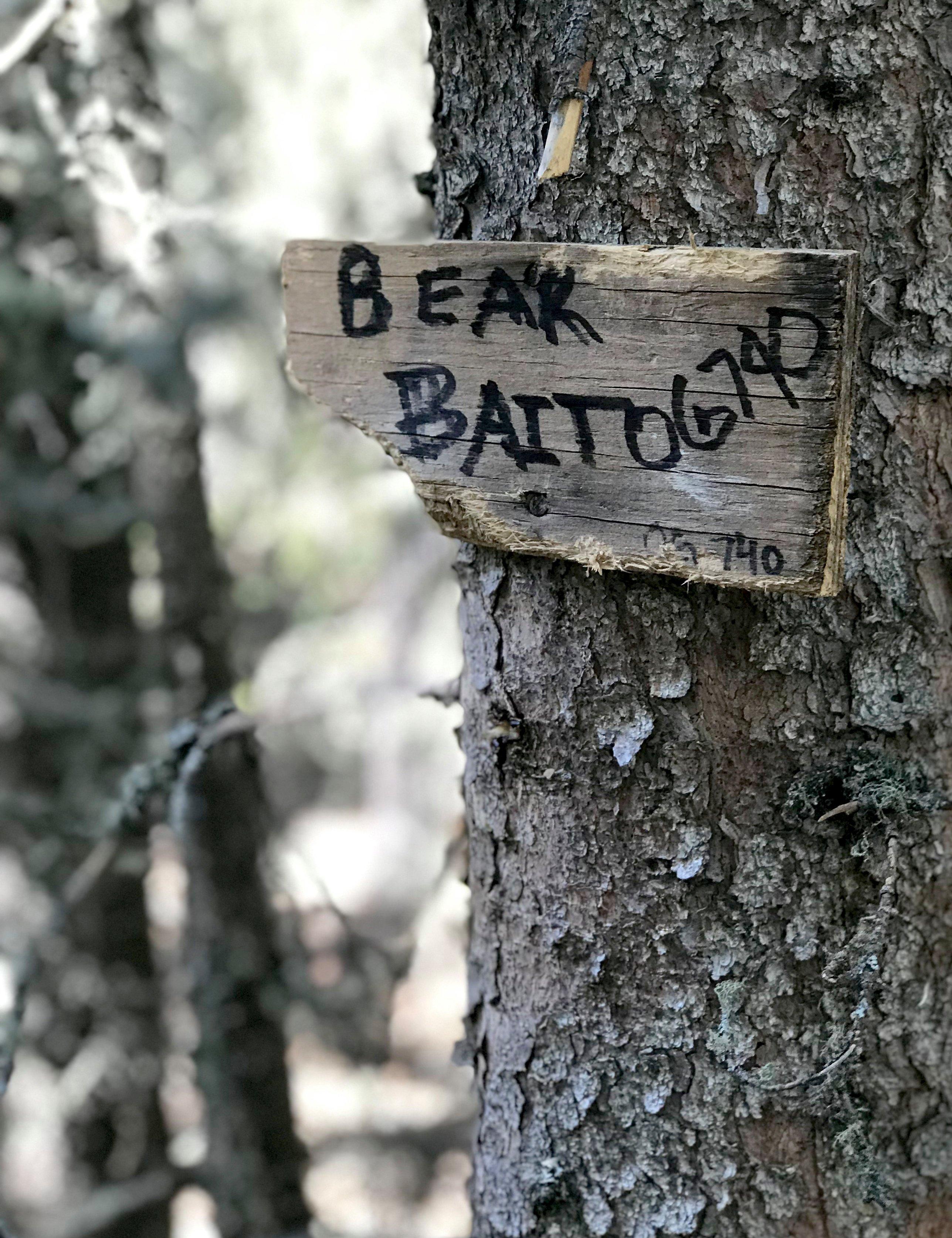
Look for outfitters with well-established baits. Some of the best have been active for decades. (Photo by Brad Fenson)
JUDGING BEARS
When I first spotted the black bear described above, it only took a second to realize it was a mature boar. The bear’s demeanor was part of the equation, as sly, cautious bears show they have experience, which comes with age. The real telltale signs were the body and movement of the old bruin.
A sagging belly, massive head, and bowed legs let me know the bear was brute-sized. The ears looked small and had migrated to the sides of the bear’s head and were not situated on top. Where sunlight accentuates features, a crease can often be seen in the forehead, indicating it is a mature bear.
Some outfitters mark the trees to indicate the height of a bear on all fours as a shooter. Some use a standing 45- or 55-gallon drum. If you could not stuff the bear in the barrel and get the lid on, you know it’s a shooter.
Distinguishing a big sow from a boar can be important. Boars have long faces with an extended snout. Sows have more of a dished face with shorter and pointier snouts. It can be challenging to decipher the sexes of the species, but the more bears you look at, the easier it gets.
The best rule to follow when judging bears is never to talk yourself into shooting. First impressions are usually correct, and convincing yourself that a bear is big enough often leads to disappointment.
Color phases of black bears are usually a wild card, as individuals can be judged on color more than size. A trophy is in the eye of the beholder, and if a bruin you see will make you happy, shoot it.
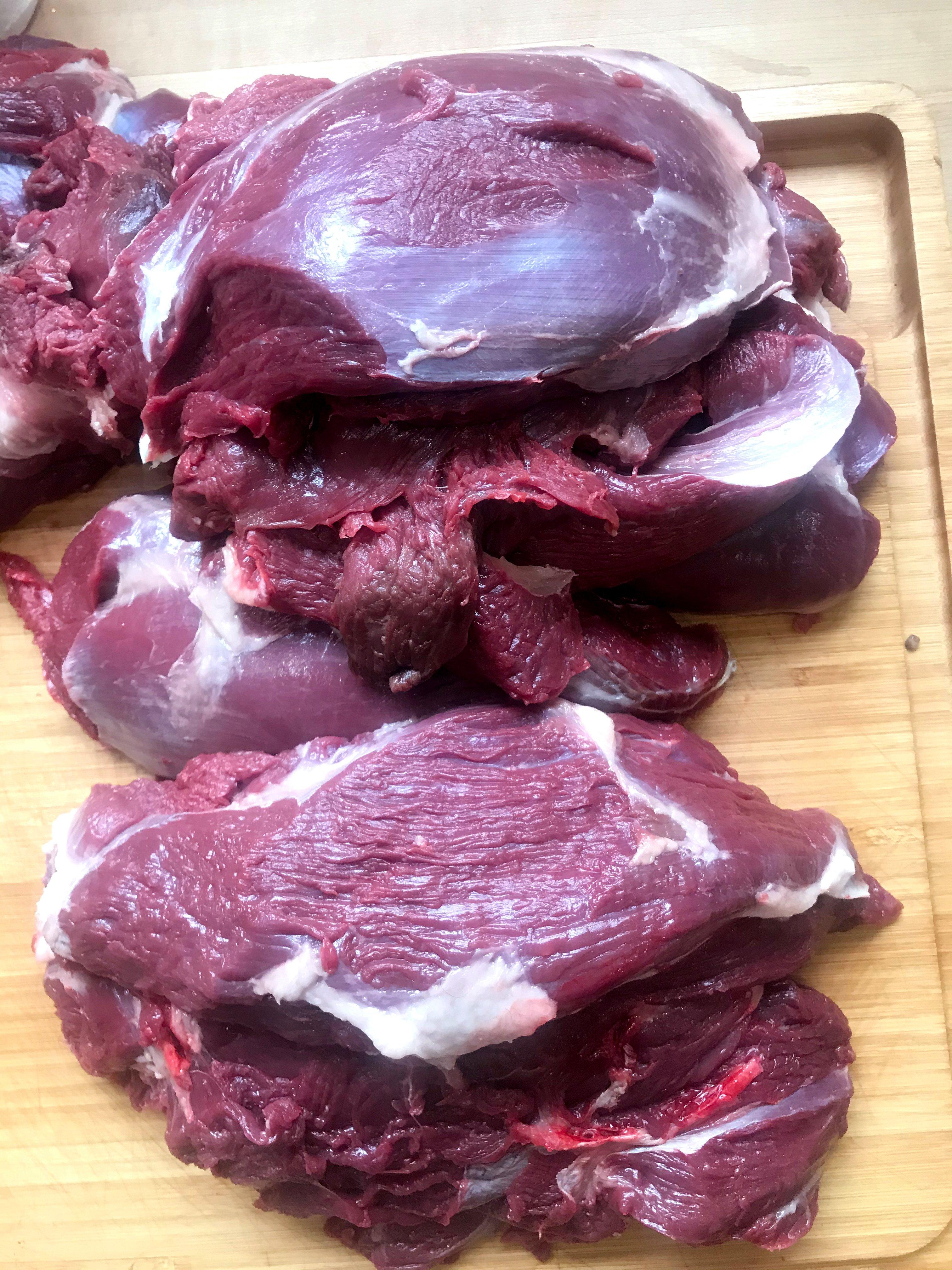
Black bear meat and fat is delicious when properly prepared. (Photo by Brad Fenson)
FIREARM CHOICES
Hunting baited bears should mean up close and personal shooting situations. When hunting with a firearm, big and slow is the way to go. A big bullet will offer exceptional knockdown power, and slower velocities will ensure the energy is released in the bear for a quick kill. I often say that shooting a bruin with a .45-70 is like driving a golf ball through the animal.
There have been issues with hunters using big magnums, where bullets move too fast at close range to expand properly. Don’t leave things to chance, and consider straight wall cartridges that have become popular for hunting deer in muzzleloader areas.
My motto has always been, ‘Shoot the wiggle out of them.’ A gun that knocks down a bear fast or can offer fast reloading is always a consideration.
Don’t Miss: The 10 Toughest Game Animals in North America
I have used a Traditions Outfitter G3 Rifle because it is lightweight, compact, and easy to maneuver in the stand or tight spots. The trigger system breaks with just over three pounds of pull to maintain accuracy. The G3 is a break-action, single-shot rifle with a 22-inch Lothar Walther barrel that is accurate, dependable, and easy to reload. I have taken bears with a .45-70 and .35 Whelen.
It is hard to beat a solid copper bullet for terminal performance. The Barnes solid copper TSX is a perfect bullet for dangerous game where you want to reduce tracking. The 300-grain bullet on our .45-70 Government cartridges offers over 90% weight retention and stops bears fast. The “TSX” grooves cut into the shank reduce bearing surface (pressure) and fouling. The grooves also increase accuracy. The bullet stays intact to deliver maximum energy at any range. The consistent expansion of the bullet is what hunters will appreciate.
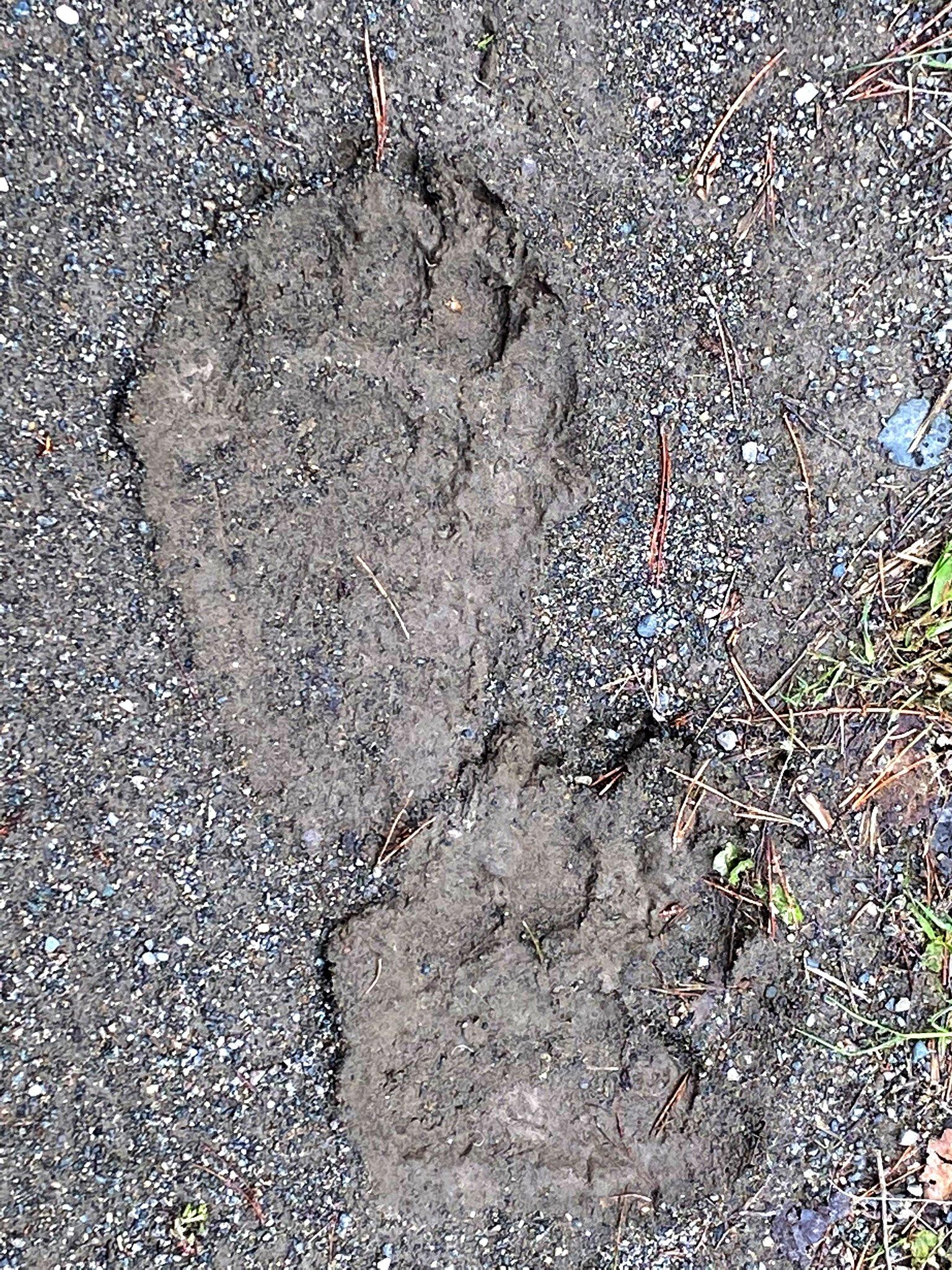
Bear sign. Place DIY bait sets in areas where you know black bears already travel regularly. (Photo by Brad Fenson)
ARCHERY SETUPS
Baiting bears allows for perfect archery conditions and setup. Knowing the exact distance to the bait is manageable, and there is usually plenty of time to pick a broadside shot. Treestands are a great option to be off the ground and watch into the distance. However, I have hunted with some outfitters who prefer having bow hunters on the ground in a natural blind made from tree limbs and cover. The idea is to have a clean pass-through shot in the vitals. A treestand will mean angles, and if you don’t picture where your arrow will exit, it can mean hitting only one lung instead of taking out the entire engine room.
Baits at 20 yards provide the perfect opportunity for novice bow hunters to find success. It is enough to harvest any bear, even if you can only draw 40 pounds. Whether you shoot a recurve or longbow or have a favorite compound, spring black bears are hard to beat in a controlled situation.
I have taken bears with vertical and horizontal bows and feel it is a simple decision about your preferred tool. I love using a crossbow to stay ready and have extra speed to play with for energy transfer. I shot my big bear with a TenPoint Nitro 505 that chronographed at 509 fps. I sacrificed some speed to shoot a heavier broadhead, increasing penetration. The decision had obvious positive results, as the bear succumbed to a perfectly placed arrow after retreating ten yards.
I used a SEVR Robusto 2.0, a beefy 150-grain head that’s ideal for increased penetration and use with crossbows and vertical bows. The head helps convert speed into energy and, ultimately, penetration. The extra weight increases the arrow’s front of center to improve accuracy, increase momentum, and add devastating penetration. My arrow blew clean through the bear, and it bled out fast.
FINAL THOUGHTS AND EXTRA GEAR
Always bring a Thermacell for spring bear hunting, as the mosquitoes can be unbearable in the North Country without one. And consider extra scent attractants to help position the bear for a good shot. In Manitoba, I saw a buddy hang a fresh strawberry-scented car deodorizer near his stand. The bears loved it and would not leave it alone. They rolled and slobbered to get close to it, and it reminded me of a cat sniffing catnip. I’ve personally used Wildlife Research Center’s Ultimate Bear Lure. When set up strategically, it can produce the perfect shot opportunity. It is made with a powerful, pungent, sweet-smelling attractant with hints of fruit, anise, and other aromatics that force you to keep sniffing the bottle. Bears cannot resist it and often come straight in when deployed on a wick.
Spring bear hunting in the warm sunshine is relaxing, but the action is intense when a big bear is feeding 20 yards from your stand. If you haven’t been bear hunting before, you definitely should.




